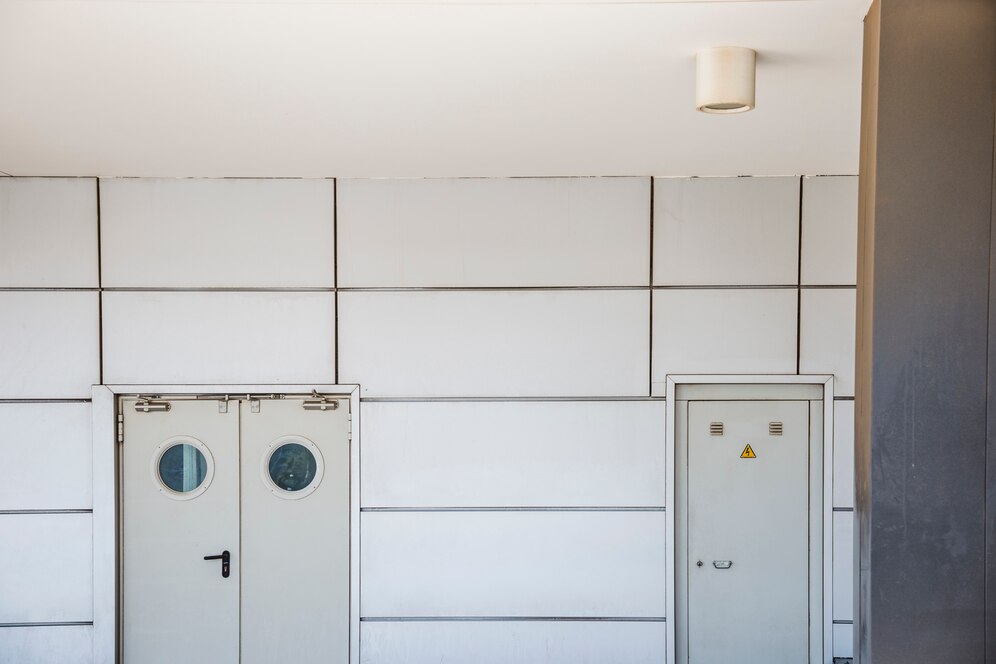Amid discussions about protecting your home from water damage, the utility room often goes unnoticed – the space housing your furnace, humidifier, dehumidifier, water heater, and water softener.
In the fourth installment of our home maintenance tips series on water damage prevention, it\’s vital to recognize that potential water damage threats also exist in your utility room. While kitchens, bathrooms, and laundry rooms are typically associated with water usage, utility rooms can harbor risks too.
Yearly HVAC Maintenance Is Key Yearly furnace and air conditioning tune-ups, along with monthly filter checks, are crucial for maintaining peak performance of your heating, ventilation, and air conditioning (HVAC) system. These proactive steps, endorsed by the Institute for Business & Home Safety, help ensure proper ventilation and drainage of water generated during combustion.
Here are some additional home maintenance tips for your utility room to prevent water damage, saving you from costly repairs and potential insurance claim rejections:
Heating System:
- Check vents for proper fit and airflow, ensuring exhaust air flows outdoors without rust or holes.
- Inspect and replace seals on through-the-wall junctures for fuel lines, ducts, and electrical systems if necessary.
Cooling System:
- Regularly clean the cooling drainage pan and flush with water mixed with bleach twice a year.
- Inspect attic and whole-house fan penetration points for signs of water intrusion, ensuring flashings and sealants are intact.
Other HVAC Components:
- Clean the dehumidifier drain and coils regularly.
- Monthly cleaning of the evaporator pad and annual pad replacements for whole-house humidifiers are essential.
- Check evaporative cooler filters, watering pad, reservoir, pump, and water connections bi-monthly during summer.
Water Heater:
- Regularly inspect the tank for rust, indicating potential tank failure.
- Turn off water and power if leaks occur at inlet or outlet pipes and repair immediately.
- Keep the area around the tank clean and dry; dampness may signal imminent trouble or tank rupture.
Water Softener:
- Regularly inspect the tank area for leaks and promptly repair any identified issues.
Water is one of the most corrosive elements in your home, and any signs of moisture, stains, mold, or leaks should be addressed promptly to prevent water damage. Our comprehensive 27-point plumbing inspection offers peace of mind by identifying and resolving potential issues.

